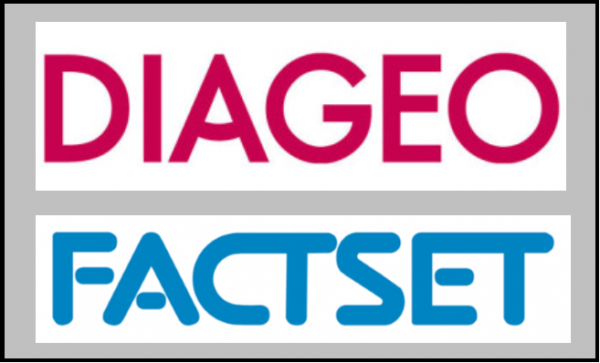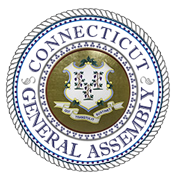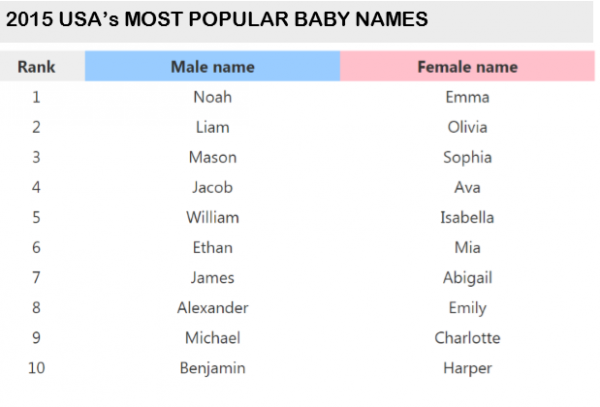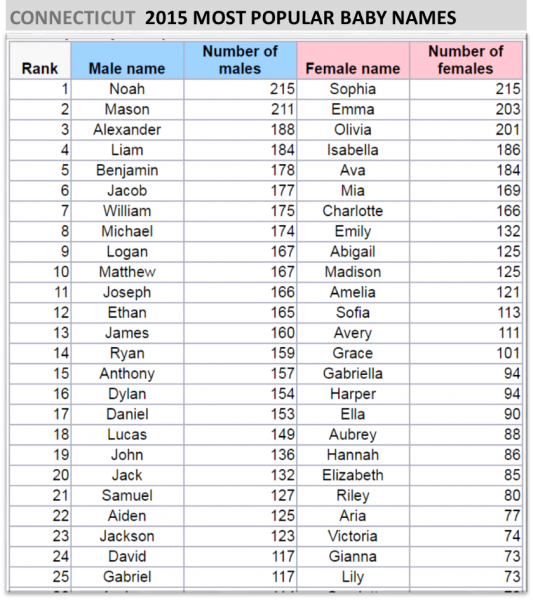Add a Teen Driver to Policy? Rates Double in CT, 8th Highest Increase in Nation
/Adding a teen driver to the family automobile insurance policy drives up rates. That’s true everywhere across the United States, and in Connecticut the increase is among the highest in the nation, almost doubling the policy's premium. A new survey reveals that the average premium increase in Connecticut when adding a teen driver to an existing policy is 96.3 percent, which is the 8th highest increase in the U.S. The only states with higher jumps in premiums are New Hampshire, Rhode Island, Arizona, Wyoming, Ohio, Oregon and Maine.
The study, by in suranceQuotes, found that the average increase in premiums across the country when a teen driver is added to an existing policy is 79 percent. That is a slight improvement from a few years ago, when the increase nationwide averaged 84 percent.
suranceQuotes, found that the average increase in premiums across the country when a teen driver is added to an existing policy is 79 percent. That is a slight improvement from a few years ago, when the increase nationwide averaged 84 percent.
The study also found that it costs more to add a young male driver than a female driver to an existing policy - adding a male teen to a married couple's policy results in a national average premium increase of 91 percent, compared to an increase of 67 percent for a female. The difference is wider the younger the driver. For 16 year old male driver is added, for example, the premium cost more than doubles on an existing policy.
Connecticut has consistently been ranked in the top ten, with among the highest increases when a teenage driver is added to an existing policy. A year ago, Connecticut was ranked 7th, with a 98.3 percent increase in insurance rates after adding a teen driver. The previous year, Connecticut ranked 5th in the annual survey, with an increase of 102.4 percent in the policy cost when a teen driver was added.
According to the data, the largest increases in Connecticut were in New Haven County, more than 11 percent higher than the statewide average. Tolland, Windham, Middlesex and New London counties were slightly lower than the statewide average; Hartford and Fairfield counties slightly higher.
Laura Adams, senior insurance analyst at insuranceQuotes stressed that states differ considerably when it comes to the cost of insuring a teenage driver – noting that a teen added to a married adult's auto policy in New Hampshire results in an average annual premium increase of 125 percent, while in Hawaii the average increase is just 17 percent. New Hampshire had the highest increase in each of the past three years.
"Insurance companies have pretty wide lattitude in many states in the reasons for raising rates, and in some states adding a teen really moves the needle," Adams told CT by the Numbers. As for Connecticut, Adams said she doesn't see any reprieve anytime soon. "Teen drivers are among the riskiest, and companies take advantage of the opportunity to raise rates."
 Perhaps the most significant underlying factor is that each state regulates insurance differently, and those regulatory differences account for some of the variations in the study’s findings, according to insuranceQuotes. For instance, Hawaii is the only state that doesn't allow insurance providers to consider age, gender or length of driving experience when determining premiums. That means that the cost for teens doesn't differ much from the cost for adults buying auto insurance. This may also account for lower increases in states such as New York, Michigan and North Carolina, where insurance is regulated more strictly and rating factors are more stringent, insuranceQuotes points out. The increases in those states when adding a teen to an existing policy were all below 60 percent, among the lowest increases in the nation.
Perhaps the most significant underlying factor is that each state regulates insurance differently, and those regulatory differences account for some of the variations in the study’s findings, according to insuranceQuotes. For instance, Hawaii is the only state that doesn't allow insurance providers to consider age, gender or length of driving experience when determining premiums. That means that the cost for teens doesn't differ much from the cost for adults buying auto insurance. This may also account for lower increases in states such as New York, Michigan and North Carolina, where insurance is regulated more strictly and rating factors are more stringent, insuranceQuotes points out. The increases in those states when adding a teen to an existing policy were all below 60 percent, among the lowest increases in the nation.
Adams noted that people often notice the difference in rates when they move to another state. "You are penalized for where you live. States handle this very differently."
She added that "regardless of the costs to insure your teen driver, safety is the No. 1 priority. We suggest parents educate teens on the dangers of driving, especially when it comes to texting while driving, or driving under the influence.”
Kathy Bernstein, senior manager of the National Safety Council's Teen Driving Initiatives, told insuranceQuotes that the riskiness of teens behind the wheel may be "leveling off." For instance, in 1978 there were nearly 10,000 teen driver deaths, according to the Insurance Institute for Highway Safety (IIHS). That number has dropped every year since then. In 2014, the number of teen driver deaths was about 2,600. The percentage of teens on the road has steadily declined as well. According to a recent study from the University of Michigan, 69 percent of 17-year-old Americans had a license 30 years ago. Now, less than half have a license - 45 percent.
Adams indicated that as teen drivers get older and gain driving experience, rates tend to come down, unless, of course, they happen to have an accident in which they are at fault. In those instances, "very high rates" result.
For the annual study, insuranceQuotes and Quadrant Information Services examined the economic impact of adding a driver between the ages of 16 and 19 to a family's existing car insurance policy. The insuranceQuotes website provides consumers with a free, easy way to compare insurance quotes online for auto, home, health, life and business policies.





 In recent years, the Connecticut program, coordinated by Connecticut’s Old State House with support from Connecticut Humanities, has grow in numbers and in the quality of the students’ work, organizers point out. This year, Connecticut History Day had 10,600 points of contact with Connecticut students, teachers, parents and history professionals, including workshops for 4,500 students—twice last year’s number.
In recent years, the Connecticut program, coordinated by Connecticut’s Old State House with support from Connecticut Humanities, has grow in numbers and in the quality of the students’ work, organizers point out. This year, Connecticut History Day had 10,600 points of contact with Connecticut students, teachers, parents and history professionals, including workshops for 4,500 students—twice last year’s number.


 Among the nation’s top businesses for new dad, an analysis by the website Fatherly, determined that two Connecticut-based companies – alcoholic beverages producer Diageo and financial data and analysis provider FactSet, earned slots in the top 50. Fatherly is a digital lifestyle guide for men entering parenthood.
Among the nation’s top businesses for new dad, an analysis by the website Fatherly, determined that two Connecticut-based companies – alcoholic beverages producer Diageo and financial data and analysis provider FactSet, earned slots in the top 50. Fatherly is a digital lifestyle guide for men entering parenthood. were Netflix, Spotify, Facebook, Patagonia, Bank of America, Pinterest, Google, Microsoft, Twitter, Airbnb, Johnson & Johnson, Accenture, MasterCard, Intuit and Intel.
were Netflix, Spotify, Facebook, Patagonia, Bank of America, Pinterest, Google, Microsoft, Twitter, Airbnb, Johnson & Johnson, Accenture, MasterCard, Intuit and Intel.
 rs Commission. Replacing them will be the Commission on Women, Children and Seniors and a Commission that merges the Latino, African-American and Asian Pacific American Commissions.
rs Commission. Replacing them will be the Commission on Women, Children and Seniors and a Commission that merges the Latino, African-American and Asian Pacific American Commissions.


 The Latino and Puerto Rican Affairs Commission (LPRAC) was created by an act of the Connecticut General Assembly (CGA) in 1994. This 21 member non-partisan commission is mandated to make recommendations to the CGA and the Governor for new or enhanced policies that will foster progress in achieving health, safety, educational success, economic self-sufficiency, and end discrimination in Connecticut. As of 2014, the state’s Hispanic population exceeded 500,000, about 15 percent of the state’s overall population.
The Latino and Puerto Rican Affairs Commission (LPRAC) was created by an act of the Connecticut General Assembly (CGA) in 1994. This 21 member non-partisan commission is mandated to make recommendations to the CGA and the Governor for new or enhanced policies that will foster progress in achieving health, safety, educational success, economic self-sufficiency, and end discrimination in Connecticut. As of 2014, the state’s Hispanic population exceeded 500,000, about 15 percent of the state’s overall population. ”
” Another Connecticut school has received national recognition, as Military Times ranked the School of Business at Quinnipiac University as the best business school for veterans in Connecticut and the 24th best in the nation, according to its Best for Vets: Business Schools 2016 rankings.
Another Connecticut school has received national recognition, as Military Times ranked the School of Business at Quinnipiac University as the best business school for veterans in Connecticut and the 24th best in the nation, according to its Best for Vets: Business Schools 2016 rankings.










 The Child Care metrics included Day-Care Quality, Child-Care Costs, Access to Pediatric Services, and WalletHub’s “Best School Systems” Ranking. The Professional Opportunities category included Gender Pay Gap, Ratio of Female Executives to Male Executives, Median Women’s Salary, Percentage of Families in Poverty, Female Unemployment Rate, and Gender-Representation Gap in Different Economic Sectors. The Work-Life Balance category included Parental Leave Policy, Length of the Average Woman’s Work Week, and Women’s Average Commute Time.
The Child Care metrics included Day-Care Quality, Child-Care Costs, Access to Pediatric Services, and WalletHub’s “Best School Systems” Ranking. The Professional Opportunities category included Gender Pay Gap, Ratio of Female Executives to Male Executives, Median Women’s Salary, Percentage of Families in Poverty, Female Unemployment Rate, and Gender-Representation Gap in Different Economic Sectors. The Work-Life Balance category included Parental Leave Policy, Length of the Average Woman’s Work Week, and Women’s Average Commute Time.
 The recommendations are drawn from the experiences of nine communities in Connecticut that explored researched-based strategies over the past year, to link supports for social-emotional and literacy skills. The effort was part of the Connecticut Peer Learning Pilot on Social-Emotional Development and Early Literacy, developed and led by the Campaign for Grade-Level Reading, in partnership with the National Center for Children in Poverty and with support from the Irving Harris Foundation and others.
The recommendations are drawn from the experiences of nine communities in Connecticut that explored researched-based strategies over the past year, to link supports for social-emotional and literacy skills. The effort was part of the Connecticut Peer Learning Pilot on Social-Emotional Development and Early Literacy, developed and led by the Campaign for Grade-Level Reading, in partnership with the National Center for Children in Poverty and with support from the Irving Harris Foundation and others.




























